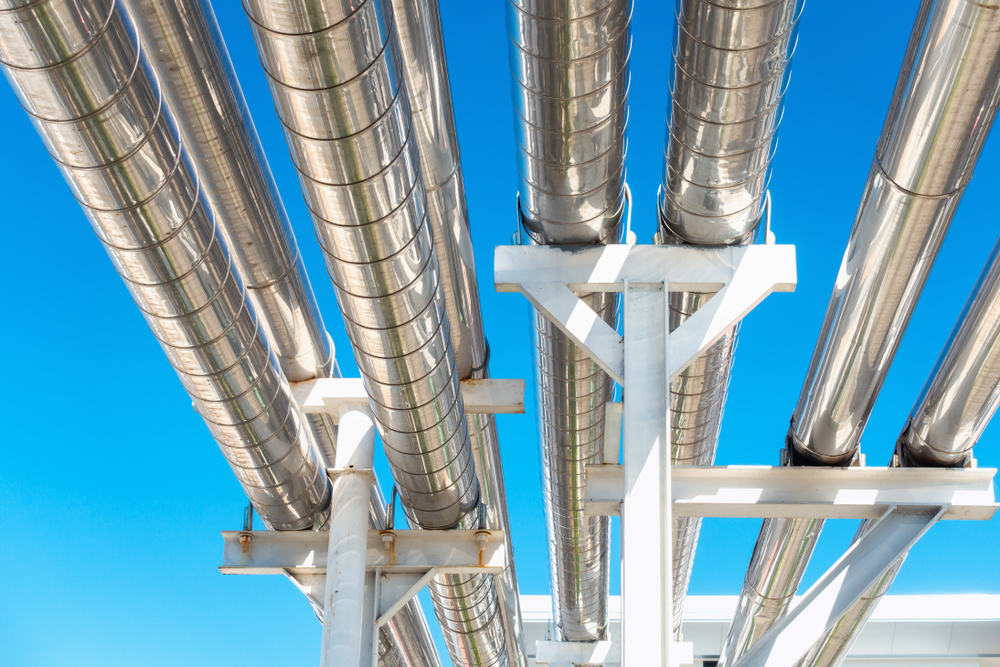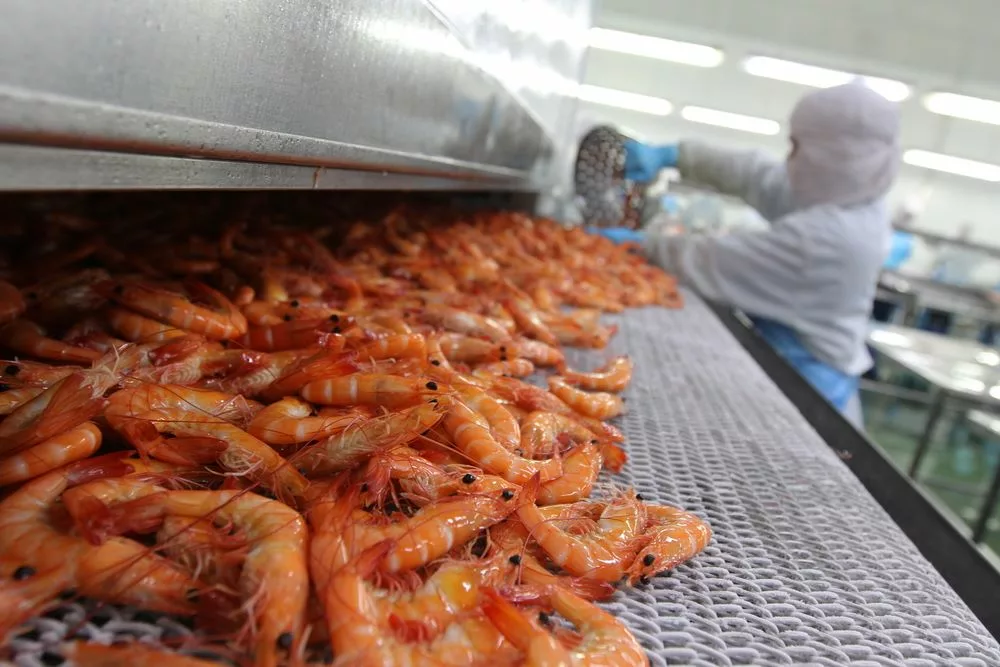The steam turbine is the most important utility which generates power for plant operations. Steam turbine conversion heat energy of process steam to power in a very economical manner.
Installing the steam turbine is most important. And steam piping plays a major role in the performance of steam turbines.
Steam piping should be reviewed, analyzed, designed, and properly installed to ensure there will be no excessive forces transmitted to the turbine flanges. Steam piping may exert forces from four sources:
Pipe dead weight
Thermal expansion
Thrust
Spring rate is caused by different types of expansion joints
The thermal expansion also causes movement of the turbine’s flanged connections, which must be considered during the piping design.
The steam piping must be designed to allow for expansion and contraction of the steam piping. The steam lines must have the correct number of appropriately sized hanger supports. Guides should ensure there are no forces or moments on the turbine that exceed the values provided by the turbine manufacturer. If the piping is unable to flex while accommodating the expansion and contraction, then consider the installation of an expansion device such as a pipe loop or expansion joint.
Inlet and outlet lines of the turbine should be carefully designed.
Steam piping must be designed to provide full-line steam pressure at the turbine inlet at full-load capacity. The supply line size needs to be calculated not only for the load but also to include the pressure drops due to the length of pipe and system components, including valves and fittings. Any pressure loss in the supply line will affect turbine performance.
The discharge piping exhaust pressure will dictate the required discharge line size. As with the inlet piping, all pressure drops must be taken into consideration. Excessive pressure must be eliminated so turbine performance is not affected.
Typically the inlet and outlet steam piping size will be equal to or greater than the actual turbine connections provided by the manufacturer.
Steam traps are to be provided in all steam lines to avoid condensate accumulation.
Ensure that all the steam piping is supported properly to carry all the load and it should not produce any undesirable support reactions.



